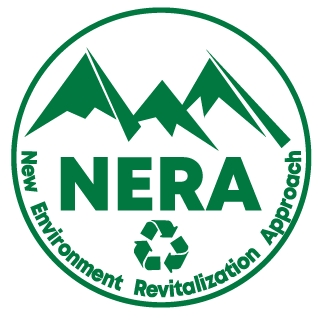
Am I Recycling Or Wishcycling? (me)
Learn more about wishcycling and how to avoid it.
When you put something in the recycling bin, it might seem like the end of a journey, but it’s just the beginning. Mixed recycling gets sorted, processed and transformed into new helpful products. Wishcycling causes contamination and makes this process more difficult
What is wishcycling?
We’ve all done it. We’ve all dropped something that cannot be recycled in the mixed recycling bin believing that it is somehow going to help the environment. This is wishcycling. Even though our intentions can be good, it has the opposite impact. In fact, wishcycling can lead to the contamination of other materials in the bin, causing even more resources to be wasted.
There are two main types of wishcycling. The first is what we call non-target materials. These are items that cannot be sorted and processed with mixed recycling. These include materials that are not currently recycled such as crisp packets and foil pouches. This also includes materials that are recycled but need specialist processing such as soft plastics and plastic film.
The second type of wishcycling is widely recycled materials that are contaminated. These items can be processed at our mixed recycling facilities, but only if they are free from residue. Glass jars with food still in, half-empty shampoo bottles and cheese-stained pizza boxes are examples of contaminated wishcycling. Even if the pack says to recycle, if it has residue on it, we are unable to recycle it. If it cannot be rinsed or wiped, then it needs to go in general waste.
How to avoid wishcycling
Being aware of commonly wishcycled items helps save valuable resources from being wasted.
Our experts have identified twelve commonly wishcycled in our handy guide ‘How not to wishcycle’. Share with your customers and colleagues to raise awareness and support them in making sustainable recycling choices.
How not to wishcycle
To see the full size infographic as a PDF, click the download button
How-not-to-wishcycle (Download)
Four things to remember about mixed recycling
Recycling can be confusing. There is a lack of consistency in collections and confusing labelling. These issues are being addressed by upcoming legislation and will improve in the future. In the meantime, we’re here to support. Here are four things to remember about mixed recycling to help when you’re deciding what goes where in your business.
Rinsed and clean
If an item has residue on it, we are unable to recycle it. This is because it causes damage to machinery and lowers the quality of recycled material. The most common contaminator is food, so please remember to rinse or wipe off your containers.
Single items only
Many people, meaning well, will put recyclable containers inside other larger containers. Our manual pickers cannot spot or separate these items in time. Together, the mixed materials mean they are all unrecyclable. For mixed recycling collections it is always best to separate as single items.
(Double) Check the labels
Recycling labelling needs to be clearer, this is something everyone agrees on. Just because something has a symbol does not mean it is widely recycled. The government has committed to clearer labelling on packaging and we support this. In the meantime, double check the recycling symbols and use our helpful guide to what recycling symbols mean.
Composites contaminate
If a container is made up of layered materials, then it is composite. Soup cartons, juice boxes and plant-based milks are often made-up of layered plastic and carboard. Although the packaging states it is recyclable, it needs specialist recycling and is not commonly processed as mixed recycling.
Source: https://www.biffa.co.uk/biffa-insights/am-i-recycling-or-wishcycling
